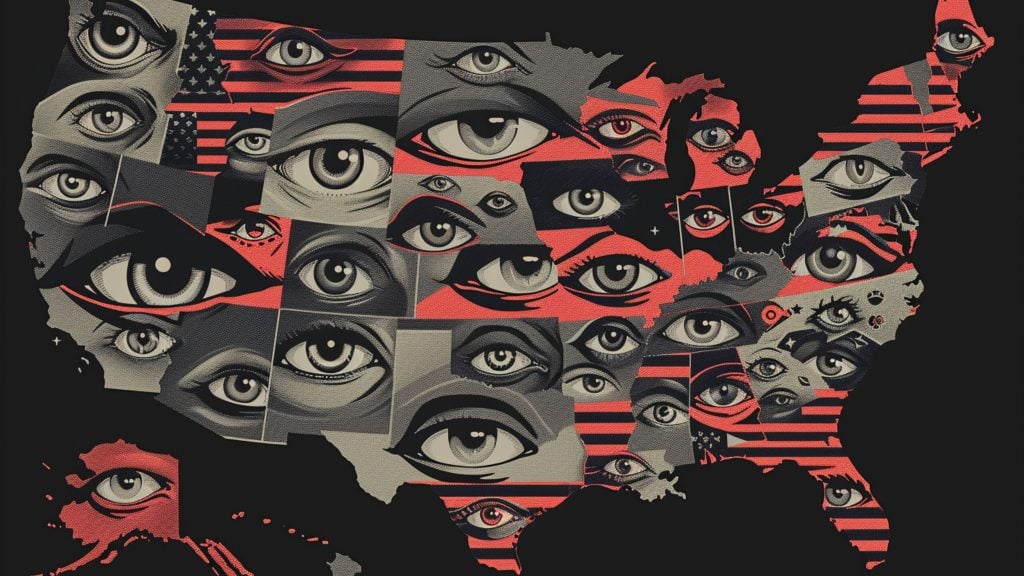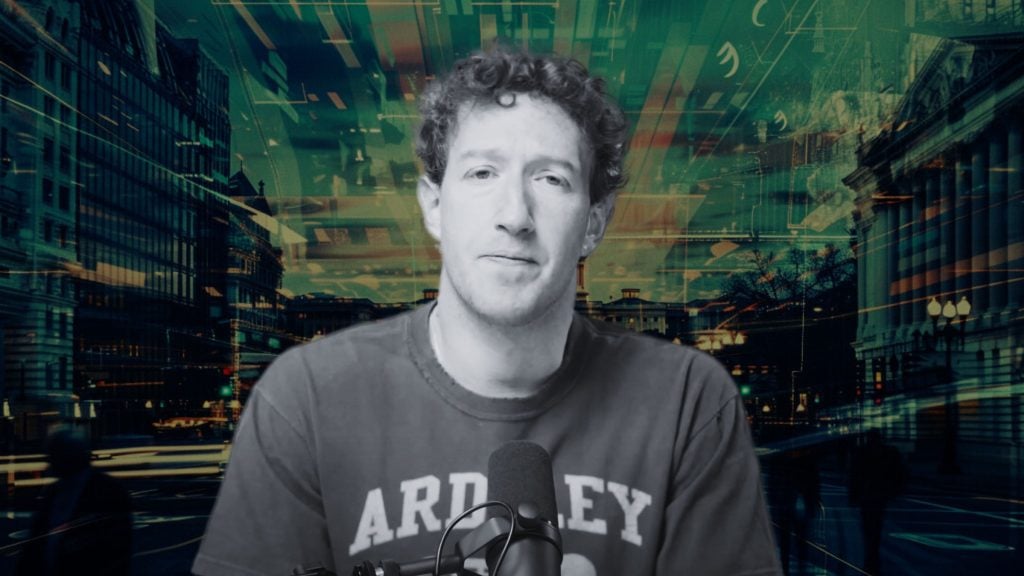Leaning on the principles of Free Speech in the United States, the Supreme Court recently upheld the precedent of the seminal First Amendment case, New York Times v. Sullivan. This decision, much to the objection of Justice Clarence Thomas, preserves the “actual malice” hurdle that public figures must surmount to claim libel in civil court.
The Sullivan decision, dating back to 1964, stands as a bulwark against defamation suits slung towards media outlets by dissatisfied public figures. This time-honored safeguard requires such individuals to demonstrate that potentially damaging statements were made with “actual malice” to have any hope of prevailing in their libel accusations.
The particulars of this safeguard have not been without controversy, particularly from conservative circles, among whom Justice Thomas can be counted. Undeterred by the majority stance, he voiced his eagerness to reassess the Sullivan ruling, pointing out that the specifics of the current case – Don Blankenship v. NBC Universal, LLC—did not lend themselves well to scrutinizing Sullivan’s standing.
Read the opinion here.
In recent years, Justice Thomas has been dogged in his criticism of this long-standing ruling. His disagreements culminated in a forceful dissent that characterized Sullivan as a “flawed” judicial decision. Moreover, in 2019, he categorically referred to the ruling as part of “policy-driven decisions masquerading as constitutional law.”
This criticism arises against the backdrop of former coal magnate Don Blankenship’s legal wrangling. Convicted for a misdemeanor conspiracy offense shaded by the specter of a catastrophic 2010 mine explosion, Blankenship’s travails illuminate the real-world implications of Sullivan. Blankenship, during his unsuccessful 2018 US Senate campaign, found himself erroneously labeled as a convicted felon by some media outlets. His conspiracy offense, however, was classified as a misdemeanor rather than a felony.
This forced Blankenship to launch legal proceedings against multiple news outlets, alleging significant character damage from the published errors. Yet, lower courts sided with the media organizations, citing the “actual malice” standard set by Sullivan as a reason for dismissal.
The weight of the legal setbacks and their corresponding impact on his political prospects propelled Blankenship’s attorneys to appeal to the Supreme Court. They argued that the Sullivan decision carried grave implications for democracy. They contended media organizations were given too much freedom to disseminate erroneous information, thereby swaying the opinions of voters and sparking social unrest.
However, attorneys for the media argued that the errors were unintentional, thus further underscoring the relevance of Sullivan. They advocated for preserving the ruling, highlighting that it offers a necessary buffer for an honest mistake, fostering an environment of free and open debate.













